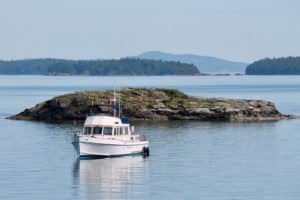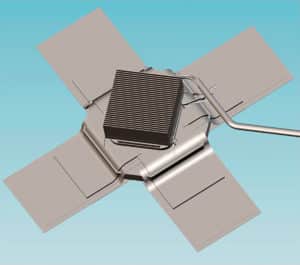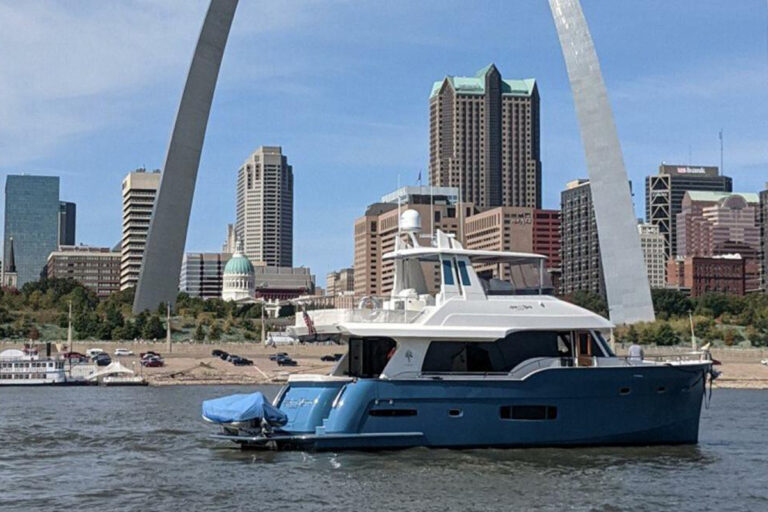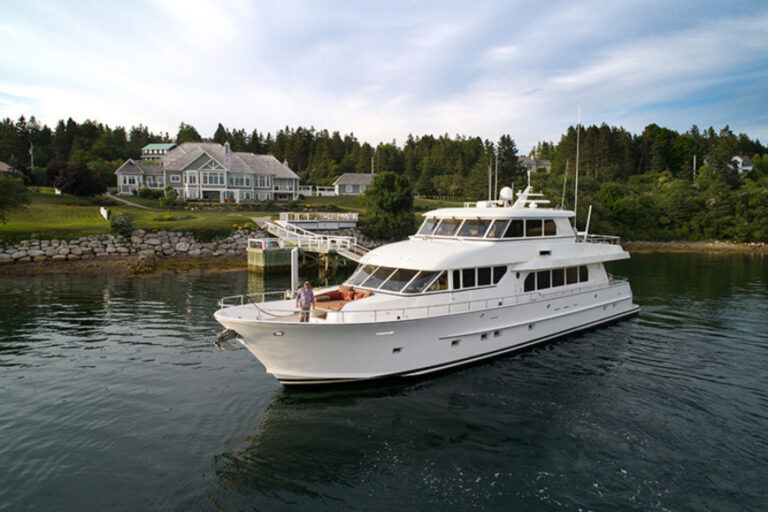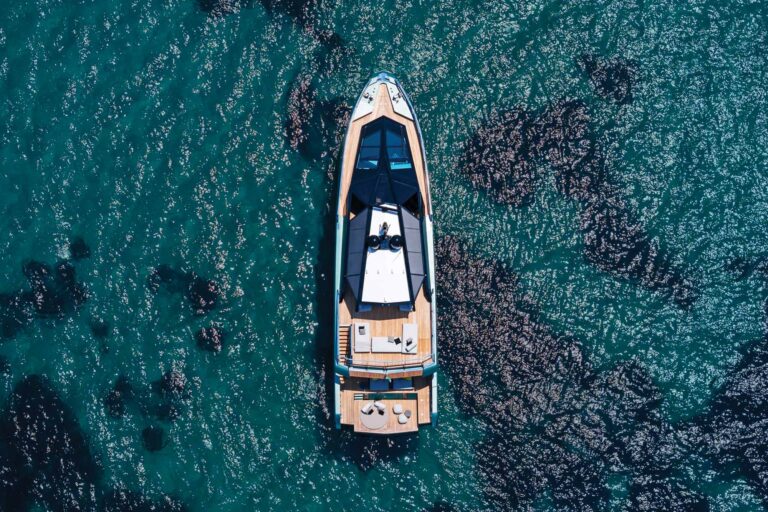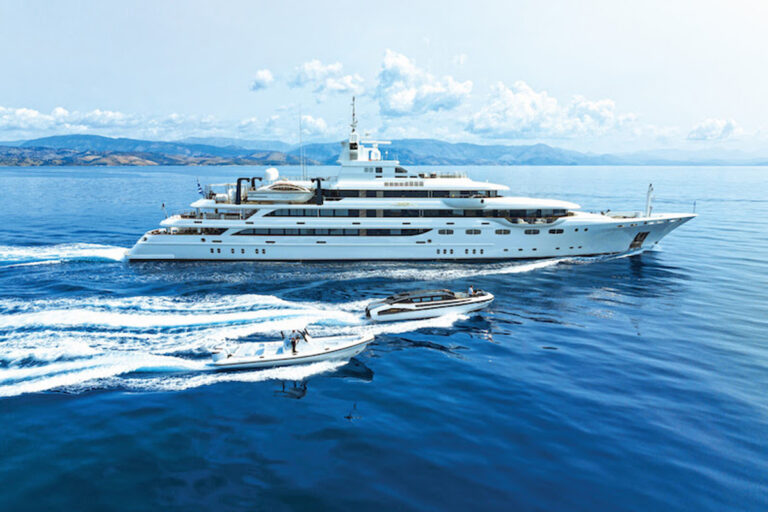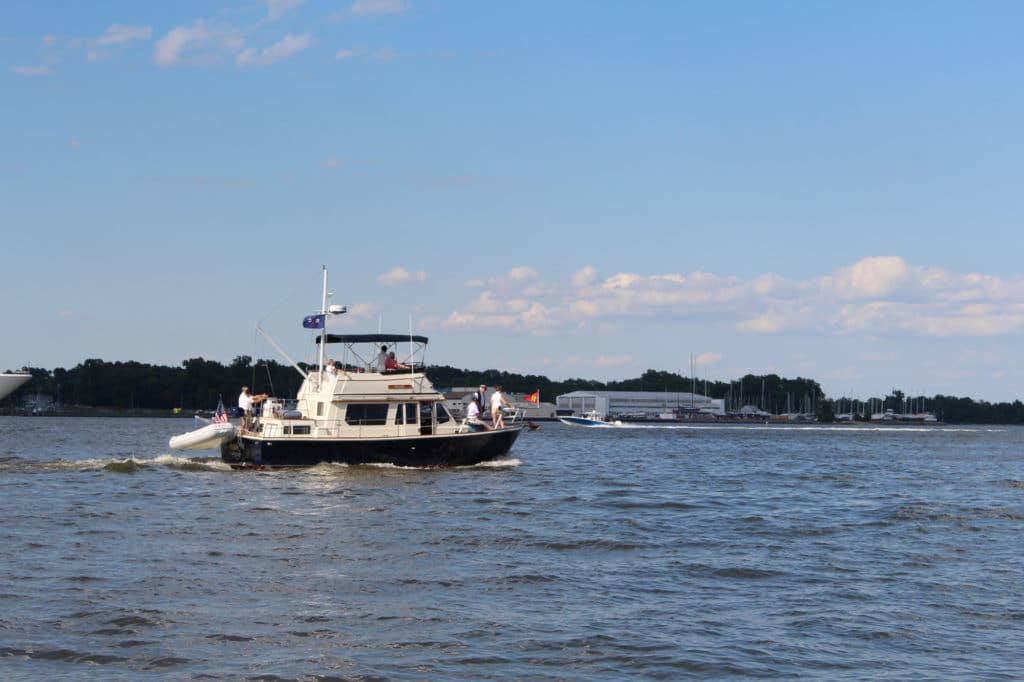
While many mariners don’t look at an anchor as a piece of safety gear, that’s exactly what it is. If you lose power and are drifting towards a jetty, need to grab some shut-eye, or have to keep the bow into the waves without burning through your fuel supply, that anchor becomes critical. And just like having properly sized life jackets aboard is imperative, having the properly sized anchor for your boat is a must too.
Sizing the right anchor for your boat depends on a number of variables:
- The size of your boat.
- The types of areas you generally go boating in.
- The type of anchor you carry.
- The range of conditions you generally go boating in.
- The amount of anchor rode you carry.
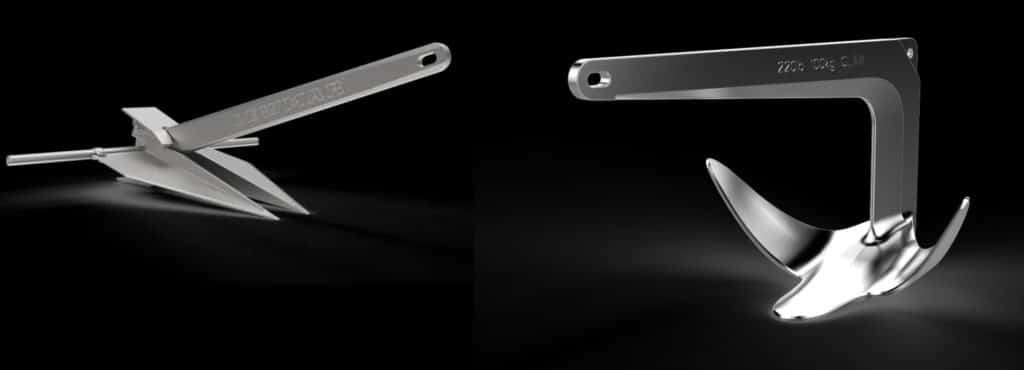
Boat Size and Anchor Size
Obviously, larger boats need larger anchors. However, since there are a number of additional variables to be considered beyond boat size, there’s no hard and fast rule as to what size anchor matches up with what sized boat. Most anchor manufacturers publish their own recommended size table or chart, indicating how their specific anchor design relates to anchor size and boat length. These are a helpful guideline, but they shouldn’t be considered the final word because as a general rule of thumb bigger is better. So, if your boat size comes in at the periphery of the recommendations for any given anchor manufacturer’s guidelines, it may be best to err on the side of going larger.
Types of Areas You Boat, and the Type of Anchor You Carry
These two variables are tied together, because the areas you cruise in will have a bearing on the type of anchor you choose. And since different anchor types have different levels of holding power, there’s a spillover effect when it comes to choosing size. Let’s use a fluke anchor versus a claw anchor as an example. Fluke anchors dig into sand and mud, but the claw works far better on rocky bottoms. So you’ll have to choose between them depending on where you go boating and which bottom type you’re likely to encounter. But when we look at the sizing chart for a manufacturer that provides both types, some discrepancies become apparent. For a 50-foot boat, a 21-pound, 10-inch by 5-inch by 28-inch fluke anchor is recommended. In the case of a claw anchor, however, the very same manufacturer recommends a 66-pound, 21-inch by 16-inch by 33-inch model for the very same boat. So, the type of anchor being used has made a measurable difference in the anchor size being recommended.
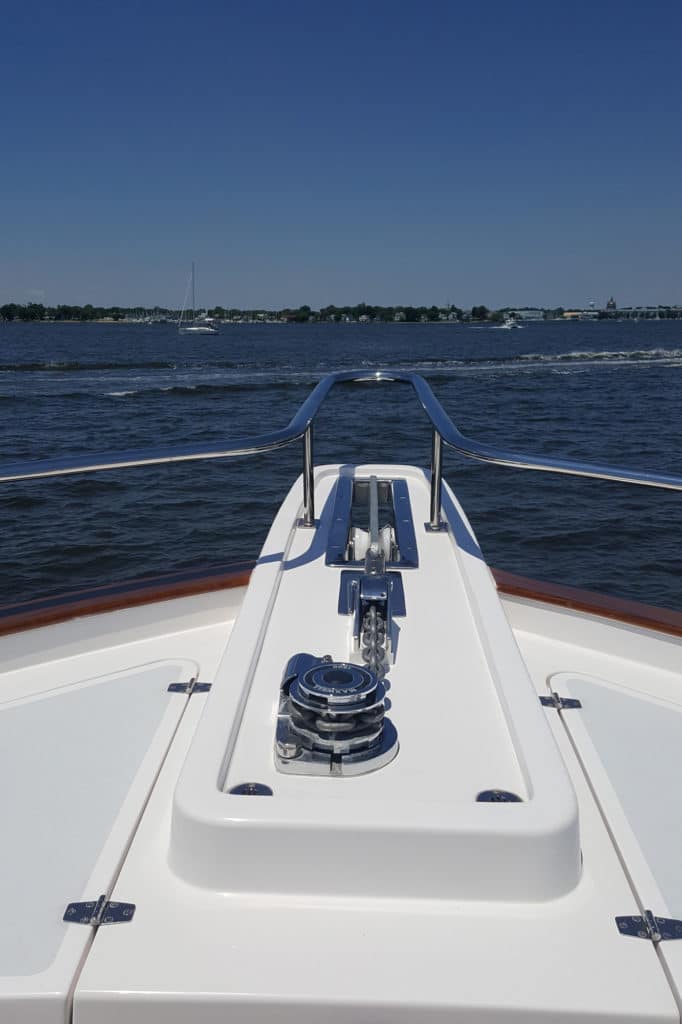
The Range of Conditions You Go Boating In
If you only leave the dock on fair-weather days, don’t go far from home, and only use your boat in protected waterways where rough conditions aren’t an issue, you probably don’t need to carry as large an anchor as boaters who venture into open waters in strong winds. This is another case where there’s no hard and fast rule, and you’ll have to make a judgement call. If you push the envelope on weather and waterways, upsizing is a good idea. But if the opposite is true a smaller size anchor may do the trick.
The Amount of Anchor Rode You Carry
Just how much scope you’ll be able to pay out at any given time will impact on how well your boat’s anchor holds in most conditions and bottom types. Of course, this factor varies depending on how deep the water is too, so yet again there’s no one formula or rule you can refer to. That said, if you carry enough rode to set out a 10:1 scope everywhere you go, you can choose a smaller size anchor than you would if you could only set out a 3:1 scope.
Note that I say “rode,” not “line.” The anchor line is just that — the line. The rode is the combination of line and chain. If you have a significant length of chain at the end of your rode, or if it’s an all-chain rode, it will weight down the end of the rode somewhat and pull against the anchor in a more horizontal manner. In many situations with many anchor types (though not all), this increases the holding power of the anchor, and thus, allows a smaller size to accomplish the same task.
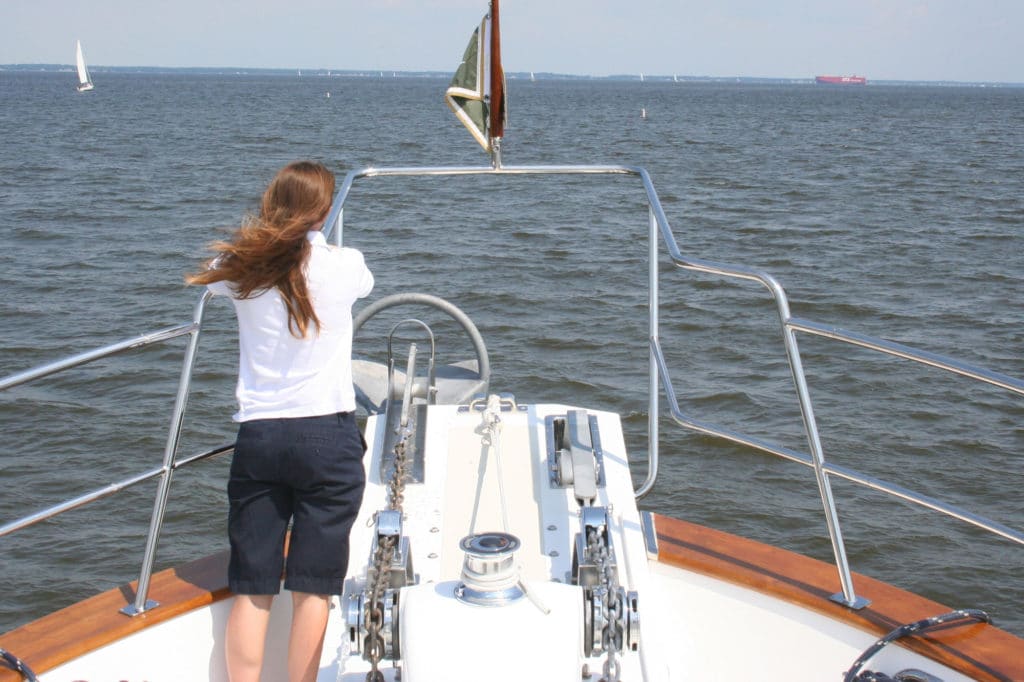
Choosing the Ideal Anchor Size
You’ve probably realized by now that there’s no one-size-fits-all answer to the question of what size anchor you need. The above factors need to be taken into account, and then a judgement call has to be made as to the appropriate choice. In some cases, you may also have limited choices due to stowage restraints. And in some other cases a particular model boat may have been designed to accommodate a specific type and size of anchor, a common situation with through-hull anchor arrangements, some anchor pulpits and some anchor lockers with integrated anchor racks. In all cases, however, remember that having the right size anchor aboard is far more than a matter of convenience — it’s a critically important piece of safety gear.


